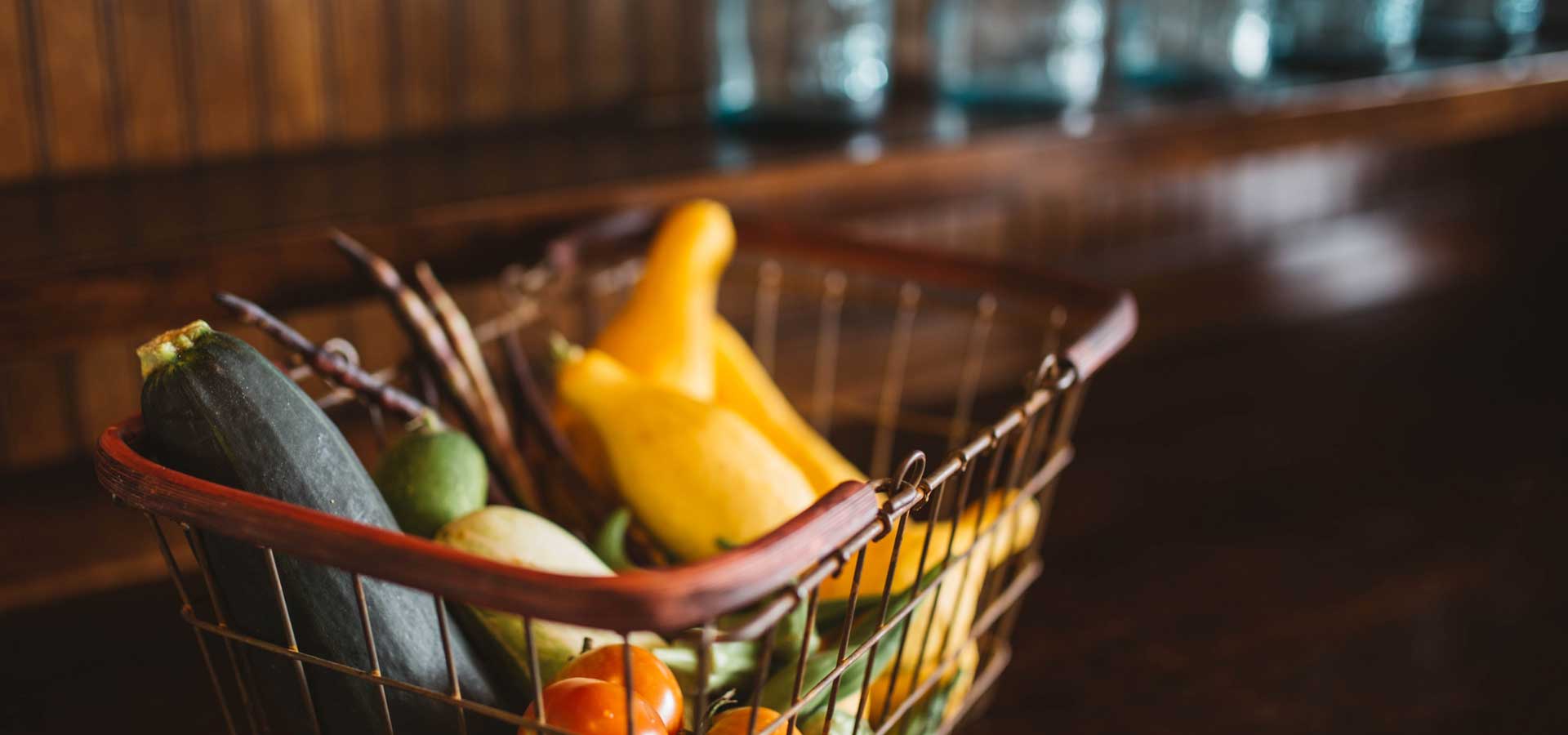Plastics are a normal part of daily life for everyone. It’s so common that it’s all too easy not to even notice. Food, drink, cosmetics, toiletries, cleaning products are all often packaged in plastic. Many homes will also have plastic storage containers, plastic toys, bins, and buckets, to name just a few. Once you start looking around you, you could well be surprised at just how much plastic is in your home.
Everyone is aware of the problems of disposing of plastic. It doesn’t biodegrade easily, so sits in in landfill for an average of 450 years. In some cases, it can take a millennium to completely break down. It’s not only disposing of plastic that is an environmental issue. Producing it requires ethylene from gas or crude oil, and the energy required would power a lightbulb for 56 hours.
While recycling is often suggested as a solution, it is not. When plastics are recycled they are turned into a lower grade plastic, which still uses around 40 percent of the energy required to produce new items. After being recycled just once or twice, it is then sent to landfill anyway. The only way to combat the impact that plastic has on our planet is to learn to live plastic free.
Once you realise how much plastic we use in our everyday lives, the idea of going plastic free can seem an impossible dream. How do you cut packaging, toiletries, storage containers, and toys out of your life? The concept can seem overwhelming. But if you are interested in helping to protect the future of our planet, cutting out plastic is a real contribution that you can make, and it’s easier than you may think. Following the information and guidance on this site, you can take small steps that will lead you to a plastic free future.
Photo by Brooke Cagle on Unsplash

